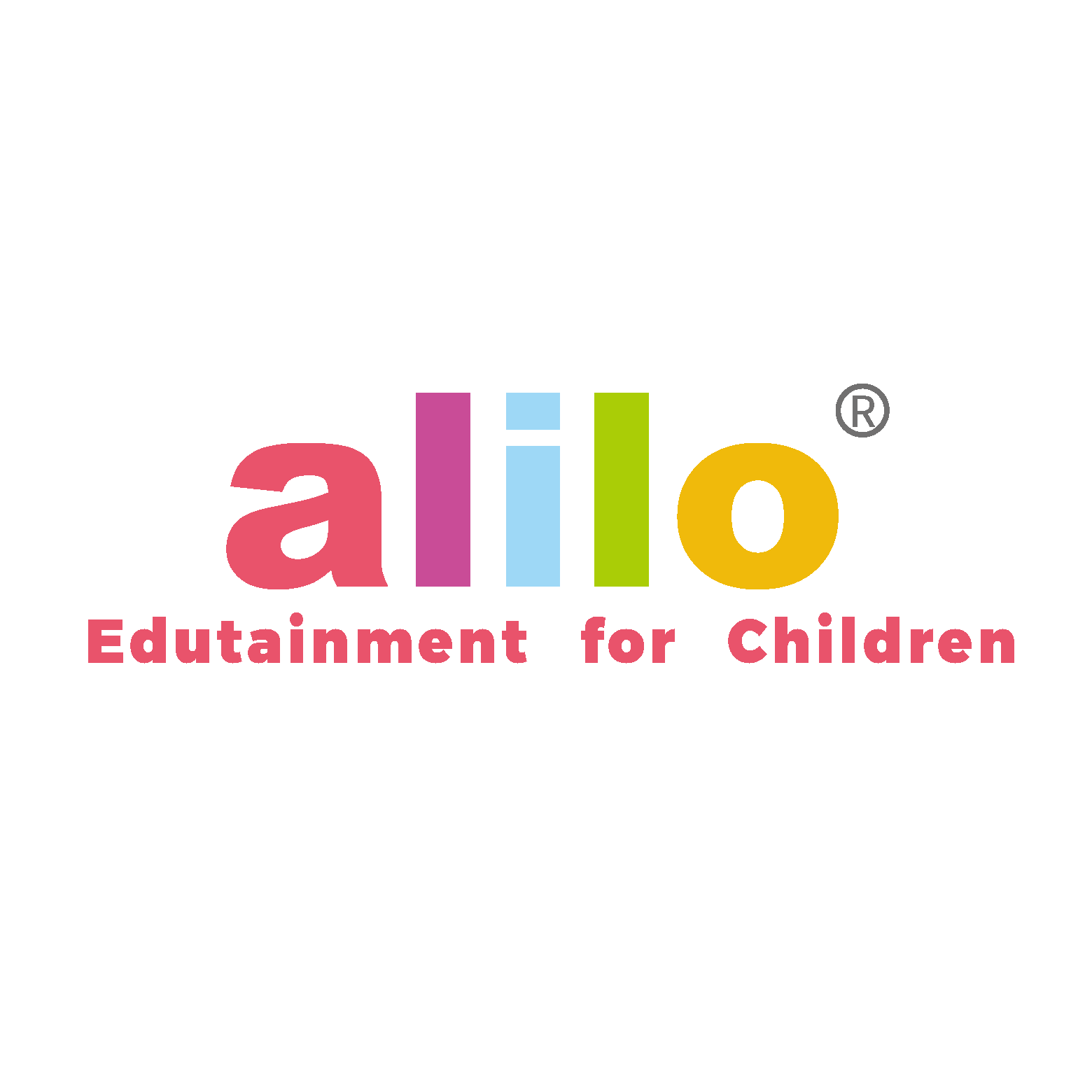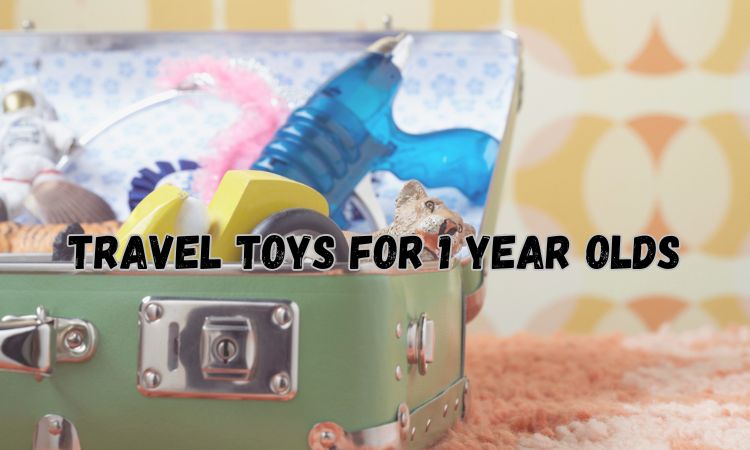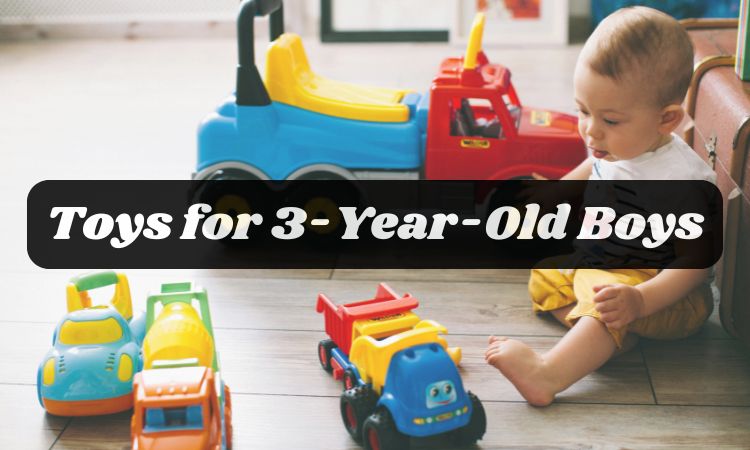Ever opened a toy only to find white powder or crust around the batteries? That’s battery corrosion. It looks alarming, but don’t worry. Most of the time, you can clean it and save the toy. In this guide, you’ll learn what causes corrosion, the safest tools to use, and step-by-step cleaning methods that work. Let’s get your child’s toy back in action.

Why Do Batteries Get Corroded?
Before learning how to clean up battery corrosion in toys, it helps to understand what causes it in the first place. Battery corrosion happens when the chemicals inside a battery leak out due to age, damage, or improper storage. Here are the most common reasons:
- Old or expired batteries: Over time, the seal around the battery wears down and lets chemicals escape.
- High temperatures: Leaving a toy in a hot room or car can cause batteries to overheat and leak.
- Over-discharge: If a battery is left in a toy too long after it dies, chemical buildup can occur.
- Mixing battery types: Using different brands or combining old and new batteries increases the risk of leakage.
Leaking batteries release potassium hydroxide, which reacts with air to form that chalky white substance you often see in the battery compartment.
Why Is It Important to Clean Battery Corrosion?
It may seem harmless, but battery corrosion can do real damage if left untreated. Cleaning it properly helps protect your devices, extend battery life, and ensure safe use. Here’s why you shouldn’t ignore it:
- Protects internal circuits: Corrosion can damage the electrical contacts inside the toy, making it unusable.
- Prevents further damage: Leaving corrosion untreated can cause rust, warping, or even total battery compartment failure.
- Safer for kids: Corroded batteries can irritate skin and eyes. Cleaning the toy keeps playtime safe.
- Saves money: Instead of replacing a toy, cleaning it lets you get more value out of what you already have.
Tools for Cleaning Battery Corrosion
To get the job done safely and efficiently, you’ll need a few simple household items. Make sure to gather these before you begin:
- Disposable Gloves: Keep your hands protected from battery residue and cleaning liquids.
- Safety Goggles: Protect your eyes from splashes or fumes during cleaning.
- Plastic or Wooden Tool: Gently loosen stuck batteries without damaging the toy.
- Cotton Swabs or Old Toothbrush: Ideal for scrubbing away corrosion in small spaces.
- White Vinegar or Lemon Juice: Breaks down the white crust from battery leaks.
- Isopropyl Alcohol (90% or higher): Helps dry the area and prevents moisture buildup.
- Lint-Free Dry Cloth: Wipes away leftover residue and moisture after cleaning.
- Fresh Batteries: Needed to test the toy once everything is cleaned and dry.
How to Clean Battery Corrosion in a Toy?
Now let’s walk through how to clean corrosion off battery contacts in toys safely and effectively.
Step 1: Take Safety Precautions First
Before you begin, make sure you're working in a well-ventilated area to avoid breathing in any fumes from the corroded battery. It’s also important to wear disposable gloves and safety goggles to protect your hands and eyes. Battery corrosion contains harmful chemicals, and direct contact should be avoided. If you're indoors, work over a surface that's easy to clean, such as a tray or a layer of paper towels to catch any debris.
Step 2: Remove Batteries Carefully
Open the battery compartment and gently take the batteries out. If they’re stuck due to corrosion buildup, avoid using anything metal. Instead, use a plastic or wooden tool, such as a popsicle stick or the end of a plastic spoon, to loosen them. Wiggle slowly and carefully to avoid cracking the plastic housing or pulling any wires loose. Never force a battery out, as this could cause further damage or rupture the battery.
Step 3: Neutralize the Corrosion
To break down the white, chalky corrosion, dip a cotton swab or an old toothbrush in white vinegar or lemon juice. Both are mild acids that can neutralize the alkaline residue from leaking batteries. Gently scrub the corroded areas, making sure the liquid touches all affected spots. If the corrosion is heavy, let the vinegar or lemon juice sit on the area for a minute or two to soften the buildup before scrubbing again.
Step 4: Wipe and Clean Again
After neutralizing the corrosion, remove any leftover moisture or debris. Use a clean cotton swab or soft cloth dipped in 90% or higher isopropyl alcohol to gently wipe down the battery contacts. It helps dry the area quickly and removes any traces of vinegar or lemon juice. Alcohol also helps displace water and prevent moisture-related damage to the electronic components inside the toy.
Step 5: Dry the Compartment
Once everything is clean, use a dry, lint-free cloth to wipe down the battery compartment and make sure no moisture is left behind. Then leave the toy open in a dry, well-ventilated place for at least an hour, or until it’s completely dry. It’s important that no liquid remains, especially near the metal contacts, before inserting fresh batteries to avoid short-circuiting the toy.
Step 6: Test the Toy
After the toy is fully dry, insert a fresh set of batteries and turn it on. If it powers up and works properly, you're good to go. If not, inspect the compartment again for hidden corrosion, damaged wiring, or broken contacts.

Conclusion
Battery-powered toys are a big part of play for little ones, so it’s important to know how to clean battery corrosion in toys the right way. With just a few tools and some care, you can bring many toys back to life. Keeping toys clean and working helps you get more out of your 1-3 year old educational toys while keeping playtime safe, fun, and worry-free for both you and your child.
FAQ
How Long Does It Take to Clean Battery Corrosion?
Cleaning battery corrosion usually takes about 10 to 15 minutes, depending on the severity. Allow extra drying time before reinserting batteries, especially if you used liquid cleaning agents like vinegar or lemon juice.
How should old batteries be disposed of?
Old batteries should never be thrown in the trash. Most communities offer recycling programs or drop-off sites at electronics or hardware stores. Proper disposal helps prevent environmental harm from leaking chemicals.
What dissolves battery corrosion?
Mild acids like white vinegar or lemon juice dissolve alkaline corrosion from batteries. These break down the white crusty buildup and make it easier to clean off the metal contacts inside the toy.
Will rubbing alcohol remove battery corrosion?
Rubbing alcohol helps clean electronic parts but isn’t as effective for neutralizing battery corrosion. Use vinegar or lemon juice to break down the buildup, then use alcohol to dry and disinfect the area afterward.
Does battery corrosion ruin toys?
Not always. If caught early, corrosion can usually be cleaned, and the toy will still work. However, if the damage reaches internal circuits or wiring, it may be harder or more expensive to repair.







Share and get 5% off!
Simply share this product on one of the following social networks and you will unlock 15% off!